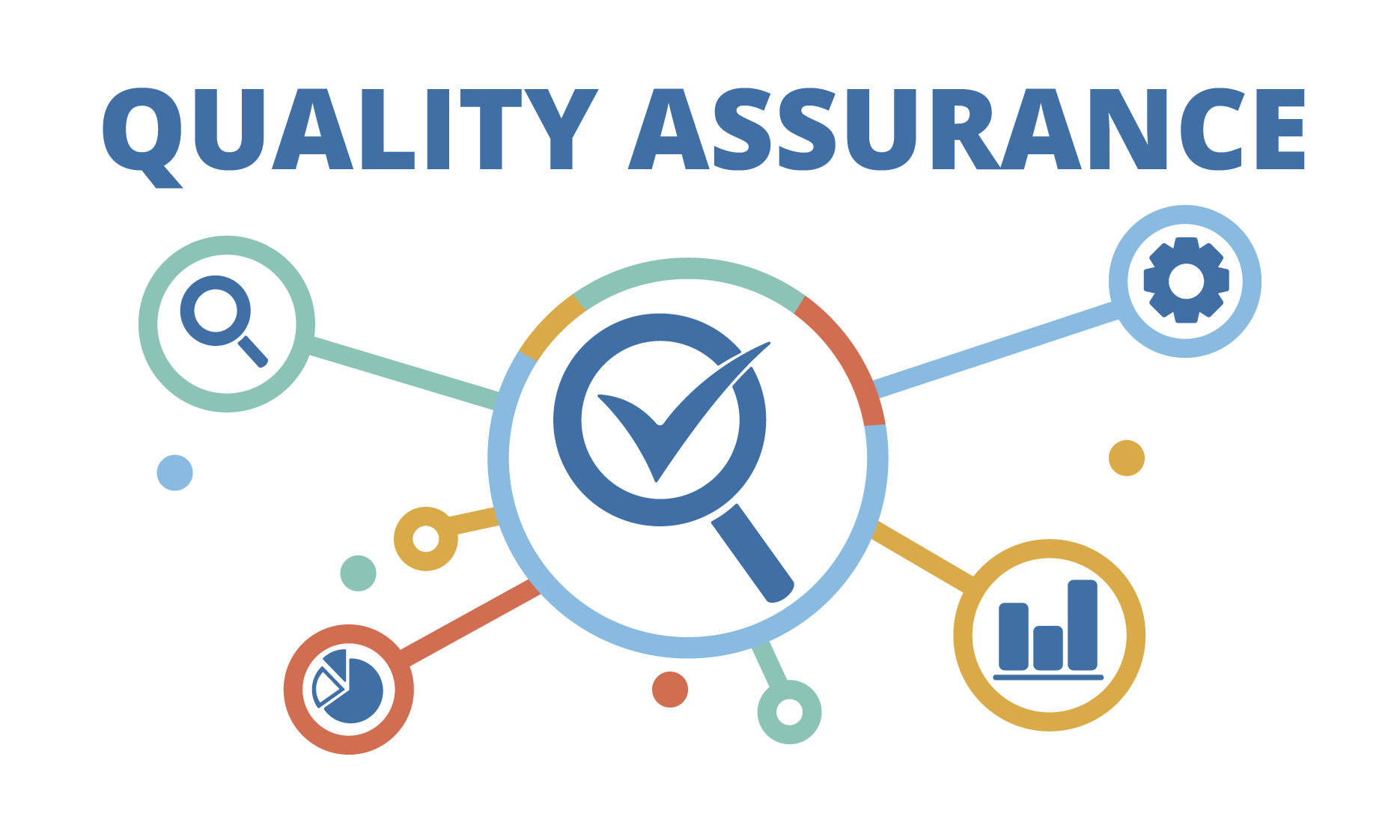
As far as the technology sector has observed rapid advancements, quality assurance, and software testing subsequently evolved with full swing. From just being an act of hunting or inspecting errors & vulnerabilities, software testing has now become a pivotal part of the overall software development life-cycle specifically in modern development methodologies like DevOps and Agile. The major reason or cause for the importance of software testing is the zero-tolerance users or customers show towards the quality of a software product or application. Also, organizations have finally realized that cost of detecting and fixing bugs is relatively much higher after a software product gets launched or later in the development life-cycle rather than it’s in the initial process of development. Many organizations still take software testing as a burdensome expense when it comes to the development of a software product or app. Considering this issue, organizations need to get the use of all Quality assurance assets as much as possible.
So let us start by identifying what are the assets of quality assurance.
To put it simply, QA assets are those that contribute directly to and impact software testing initiatives. The manual testers, test managers, product owners, test environment, and software testing tools, are some examples of test assets at the disposal of the testing and QA teams.
Manual Testers – An organization is nothing without proper human resources or personnel. What is meant by proper personnel? Well, it means that the staff of a particular department is having a good enough skill set, experience, and is an overall expert in his/her domain i.e quality assurance. When hiring for Q/A team members, it is the responsibility of the organizations to look for the resources that have completed special technical courses along with their degree certificates, for the sake of having an insight about their accreditations. Although many organizations think that the use of humans is inevitable in testing, yet they can not deny the power of manual testers. Manual testers are considered to be an asset for the organization because not every project is resolved by the use of heavy tools and machines(even tools require humans to operate them). Moreover, humans have varied attributes and have a tendency to evaluate things with their curious minds that helps a lot when it comes to detect or fix a bug or error.
Test Managers – A test manager is a great asset for an organization because he has the power to either make the foundations of a Q/A team strong or either weaken it with its way of behaving with manual testers, the strategies he makes, or the methodologies he orders the testers to implement. A test manager can either prove to be a hero for the whole organization or else can play the role of a villain. Ther’s no in-between character he can play. An ideal test manager is considered to be an asset for an organization because of his effortless contributions to the software product development and organization’s revenue-building activities.
Software Testing Tools – Another important asset for an organization is the box of tools it uses for its quality assurance purpose. Just like a score driver is an important part of a tool kit for cars, a software testing tool is an important part of the software development life-cycle. We use washing machines to wash clothes, we use a microwave oven to heat the food, we use knives to cut veggies and fruits. But why do we use these machines and tools? Because we can not perfectly cut fruits with hands and etc. Similarly, for neat and smooth development life-cycle processes of software products and apps we require a specific set of tools that help us to find and inspect bugs, to track and manage test cases, and to make our processes efficient. Software testing tools pose to be a one-stop solution for such types of concerns of organizations.
Testing environment or infrastructure – In order to improve test efficiency, close attention must be paid to the test infrastructure. The test infrastructure includes test servers, middleware components, mainframes, automated test tools, computing infrastructure, test automation licenses, etc. An efficient software testing infrastructure directly contributes to the efficiency of software testing, utilization management, and downtime management.
Final Thoughts
The list is short-your personal experience may suggest more. The point is that, after careful consideration, the planned steps can ensure the best use of all QA test assets, eliminate resource waste, and achieve test ROI. So, are you making the best use of all quality inspection assets?
Tech World Times (TWT), a global collective focusing on the latest tech news and trends in blockchain, Fintech, Development & Testing, AI and Startups. If you are looking for the guest post then contact at techworldtimes@gmail.com

